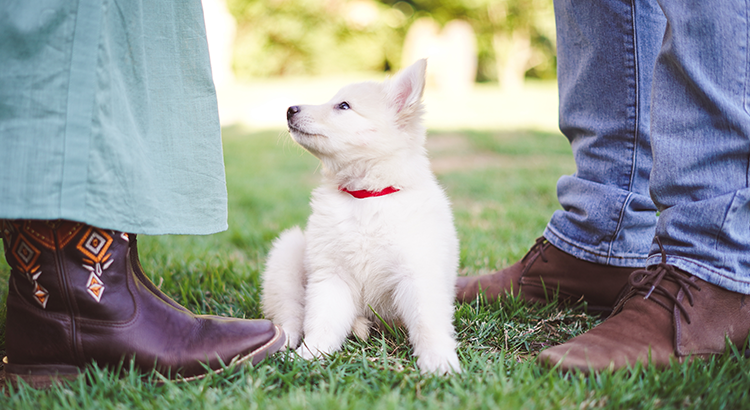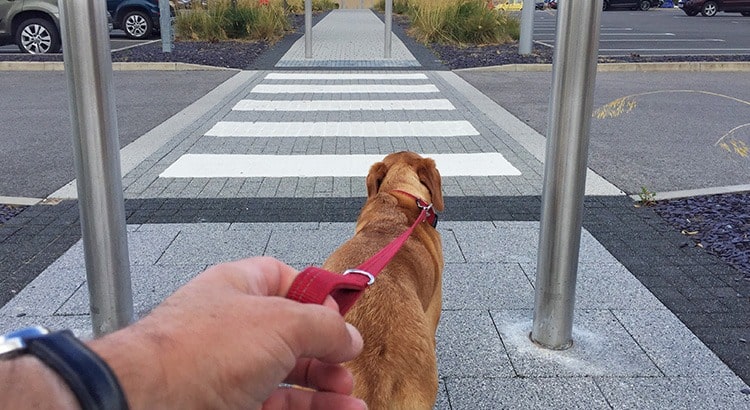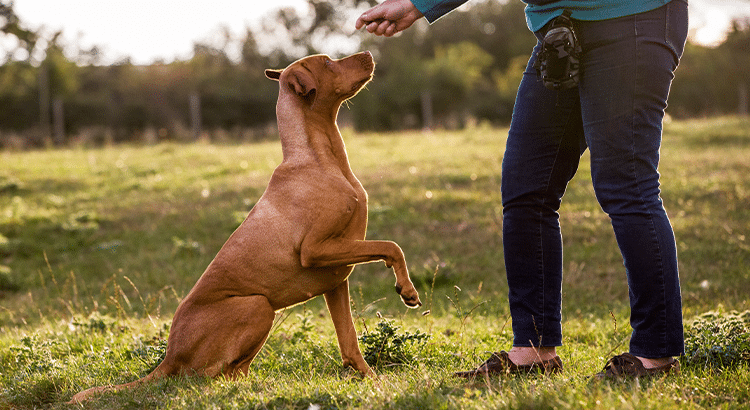
Bringing a new puppy into your home can be an exciting but challenging experience, especially when you already have existing dogs. Proper introduction is crucial to ensure a smooth transition and harmonious coexistence within your pack. Here’s a comprehensive guide on how to introduce a new puppy to your existing furry family members.
1. Preparing for Arrival
- Create a designated space for the new puppy, such as a separate room or a crate.
- Ensure all dogs are up to date on vaccinations and parasite control.
- Gather necessary supplies, including food and water bowls, toys, bedding, and grooming essentials.
- Establish house rules and boundaries to maintain order and prevent conflict.
2. Gradual Introductions
- Begin introductions in a neutral territory, such as a park or a friend’s yard, to minimize territorial behavior.
- Keep initial interactions short and supervised to prevent overwhelming both the new puppy and existing dogs.
- Allow dogs to sniff each other while keeping a close eye on their body language for signs of stress or aggression.
- Use positive reinforcement, treats, and praise to encourage calm and friendly behavior during interactions.
3. Supervised Interactions
- Gradually increase the duration of supervised interactions at home while closely monitoring the dogs’ behavior.
- Intervene immediately if any signs of aggression or tension arise and separate the dogs if necessary.
- Engage in group activities, such as walks or play sessions, to promote bonding and positive associations.
- Provide individual attention and affection to each dog to prevent feelings of jealousy or rivalry.
4. Establishing Hierarchy
- Allow the dogs to establish their own hierarchy through natural interactions but intervene if conflict escalates.
- Avoid favoritism and ensure fair treatment among all dogs to prevent resentment and rivalry.
- Provide leadership and guidance as the pack leader by setting clear boundaries and enforcing rules consistently.
- Address any behavioral issues promptly through training and positive reinforcement techniques.
5. Integration into Routine
- Incorporate the new puppy into existing pack’s daily routine, including feeding schedules, exercise, and training sessions.
- Encourage positive interactions and cooperation among the dogs through structured activities and games.
- Monitor the dynamics within the pack closely and make adjustments as needed to ensure a balanced and harmonious environment.
- Be patient and understanding as the dogs adapt to the new addition and give them time to build trust and familiarity with each other.
6. Seeking Professional Help
- Consult with a professional dog trainer or behaviorist if you encounter significant challenges or conflict during the introduction process.
- Seek guidance on managing aggression, fear, or anxiety in any of the dogs involved.
- Attend obedience classes or group training sessions to reinforce positive behavior and improve communication within the pack.
- Prioritize the well-being and safety of all dogs by seeking professional assistance when necessary.
Conclusion
Introducing a new puppy to your existing pack of dogs requires patience, consistency, and careful management. By following these steps and guidelines, you can facilitate a smooth transition and foster positive relationships among your furry family members. With proper introduction and supervision, your dogs can form strong bonds and enjoy a happy and harmonious coexistence for years to come.
Adding a new puppy to your pack? Considering pet insurance coverage is a proactive way to protect your curious pet should they have an accident or illness arise. Fetch your hassle-free quote here: Pin Paws
Table of content
Related articles

Bringing a new puppy into your home can be an exciting but challenging experience, especially when you already have existing dogs. Proper introduction is crucial to ensure a smooth transition and harmonious coexistence within your pack. Here’s a comprehensive guide on how to introduce a new puppy to your existing furry family members.
1. Preparing for Arrival
- Create a designated space for the new puppy, such as a separate room or a crate.
- Ensure all dogs are up to date on vaccinations and parasite control.
- Gather necessary supplies, including food and water bowls, toys, bedding, and grooming essentials.
- Establish house rules and boundaries to maintain order and prevent conflict.
2. Gradual Introductions
- Begin introductions in a neutral territory, such as a park or a friend’s yard, to minimize territorial behavior.
- Keep initial interactions short and supervised to prevent overwhelming both the new puppy and existing dogs.
- Allow dogs to sniff each other while keeping a close eye on their body language for signs of stress or aggression.
- Use positive reinforcement, treats, and praise to encourage calm and friendly behavior during interactions.
3. Supervised Interactions
- Gradually increase the duration of supervised interactions at home while closely monitoring the dogs’ behavior.
- Intervene immediately if any signs of aggression or tension arise and separate the dogs if necessary.
- Engage in group activities, such as walks or play sessions, to promote bonding and positive associations.
- Provide individual attention and affection to each dog to prevent feelings of jealousy or rivalry.
4. Establishing Hierarchy
- Allow the dogs to establish their own hierarchy through natural interactions but intervene if conflict escalates.
- Avoid favoritism and ensure fair treatment among all dogs to prevent resentment and rivalry.
- Provide leadership and guidance as the pack leader by setting clear boundaries and enforcing rules consistently.
- Address any behavioral issues promptly through training and positive reinforcement techniques.
5. Integration into Routine
- Incorporate the new puppy into existing pack’s daily routine, including feeding schedules, exercise, and training sessions.
- Encourage positive interactions and cooperation among the dogs through structured activities and games.
- Monitor the dynamics within the pack closely and make adjustments as needed to ensure a balanced and harmonious environment.
- Be patient and understanding as the dogs adapt to the new addition and give them time to build trust and familiarity with each other.
6. Seeking Professional Help
- Consult with a professional dog trainer or behaviorist if you encounter significant challenges or conflict during the introduction process.
- Seek guidance on managing aggression, fear, or anxiety in any of the dogs involved.
- Attend obedience classes or group training sessions to reinforce positive behavior and improve communication within the pack.
- Prioritize the well-being and safety of all dogs by seeking professional assistance when necessary.
Conclusion
Introducing a new puppy to your existing pack of dogs requires patience, consistency, and careful management. By following these steps and guidelines, you can facilitate a smooth transition and foster positive relationships among your furry family members. With proper introduction and supervision, your dogs can form strong bonds and enjoy a happy and harmonious coexistence for years to come.
Adding a new puppy to your pack? Considering pet insurance coverage is a proactive way to protect your curious pet should they have an accident or illness arise. Fetch your hassle-free quote here: Pin Paws

Bringing a new puppy into your home can be an exciting but challenging experience, especially when you already have existing dogs. Proper introduction is crucial to ensure a smooth transition and harmonious coexistence within your pack. Here’s a comprehensive guide on how to introduce a new puppy to your existing furry family members.
1. Preparing for Arrival
- Create a designated space for the new puppy, such as a separate room or a crate.
- Ensure all dogs are up to date on vaccinations and parasite control.
- Gather necessary supplies, including food and water bowls, toys, bedding, and grooming essentials.
- Establish house rules and boundaries to maintain order and prevent conflict.
2. Gradual Introductions
- Begin introductions in a neutral territory, such as a park or a friend’s yard, to minimize territorial behavior.
- Keep initial interactions short and supervised to prevent overwhelming both the new puppy and existing dogs.
- Allow dogs to sniff each other while keeping a close eye on their body language for signs of stress or aggression.
- Use positive reinforcement, treats, and praise to encourage calm and friendly behavior during interactions.
3. Supervised Interactions
- Gradually increase the duration of supervised interactions at home while closely monitoring the dogs’ behavior.
- Intervene immediately if any signs of aggression or tension arise and separate the dogs if necessary.
- Engage in group activities, such as walks or play sessions, to promote bonding and positive associations.
- Provide individual attention and affection to each dog to prevent feelings of jealousy or rivalry.
4. Establishing Hierarchy
- Allow the dogs to establish their own hierarchy through natural interactions but intervene if conflict escalates.
- Avoid favoritism and ensure fair treatment among all dogs to prevent resentment and rivalry.
- Provide leadership and guidance as the pack leader by setting clear boundaries and enforcing rules consistently.
- Address any behavioral issues promptly through training and positive reinforcement techniques.
5. Integration into Routine
- Incorporate the new puppy into existing pack’s daily routine, including feeding schedules, exercise, and training sessions.
- Encourage positive interactions and cooperation among the dogs through structured activities and games.
- Monitor the dynamics within the pack closely and make adjustments as needed to ensure a balanced and harmonious environment.
- Be patient and understanding as the dogs adapt to the new addition and give them time to build trust and familiarity with each other.
6. Seeking Professional Help
- Consult with a professional dog trainer or behaviorist if you encounter significant challenges or conflict during the introduction process.
- Seek guidance on managing aggression, fear, or anxiety in any of the dogs involved.
- Attend obedience classes or group training sessions to reinforce positive behavior and improve communication within the pack.
- Prioritize the well-being and safety of all dogs by seeking professional assistance when necessary.
Conclusion
Introducing a new puppy to your existing pack of dogs requires patience, consistency, and careful management. By following these steps and guidelines, you can facilitate a smooth transition and foster positive relationships among your furry family members. With proper introduction and supervision, your dogs can form strong bonds and enjoy a happy and harmonious coexistence for years to come.
Adding a new puppy to your pack? Considering pet insurance coverage is a proactive way to protect your curious pet should they have an accident or illness arise. Fetch your hassle-free quote here: Pin Paws



